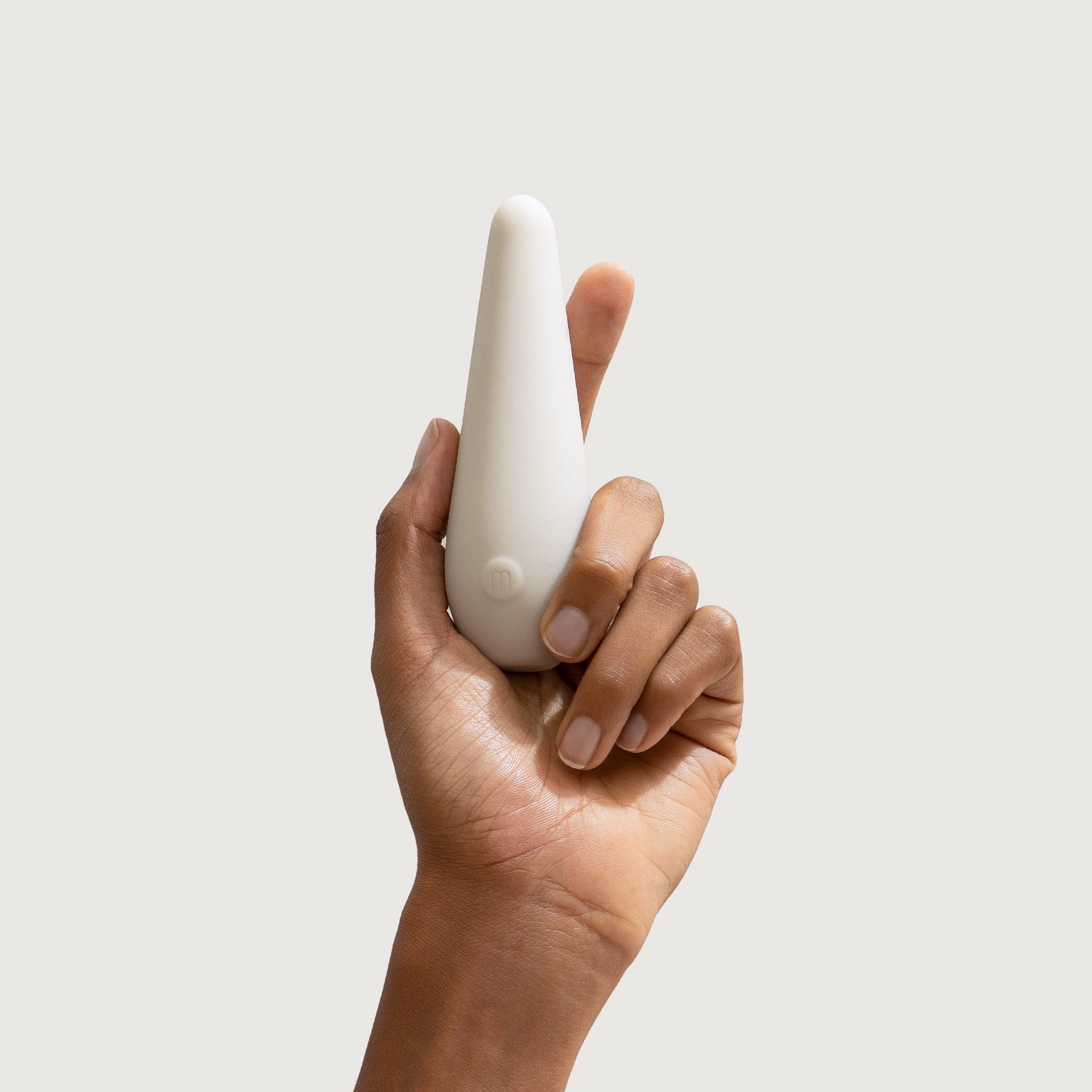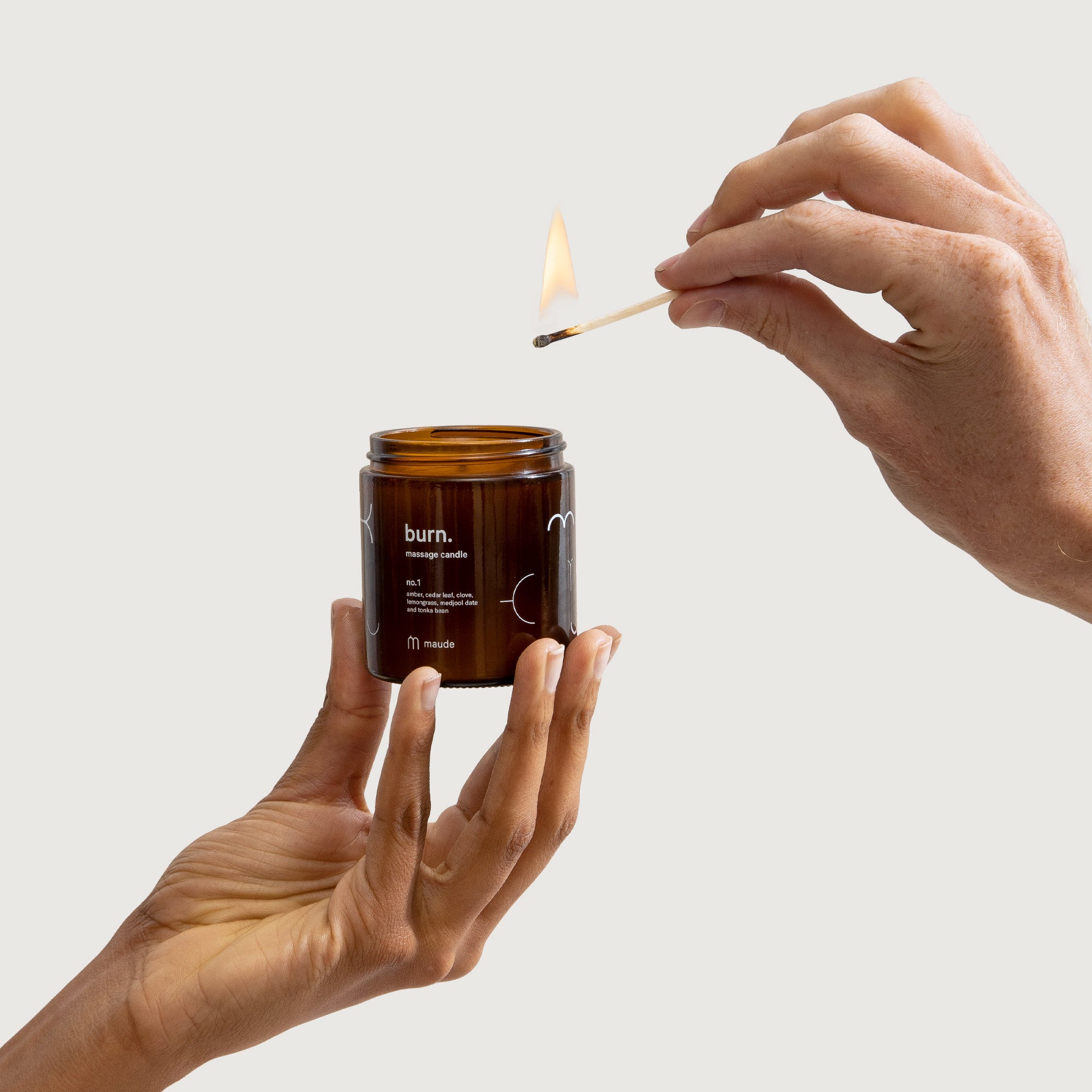The spectrum of female orgasms.

Why different women climax in different ways.
Clitoral orgasm, G-spot, A-spot, U-spot – there are many kinds (15!) of orgasm out there. Every person’s body is different, so it makes sense that few people, including sex researchers and scientists, can’t seem to agree on how many types of orgasm there are overall for women, or why women each experience orgasm differently – if able to orgasm at all.
Of course, there are many factors that can change over a woman’s lifetime. While there is a lot at play when it comes to female pleasure, the fact that so many things determine how, why and whether we reach climax means that struggling to reach orgasm and one time or with one person might not be the case forever. The other good news is that although men require a “refractory period” after orgasm before they can have another, women technically don’t... meaning that, in theory at least, we can come, and come again. Here we break down the hurdles of getting down.
Numbers game
A deep dive into the number of orgasm types throws up a broad range of perspectives. Researchers report anything from around four to fifteen types of orgasm. Author of sex memoir Don’t Hold My Head Down, Lucy Anne Holmes, conducted research that led her to find fourteen types, from a regular vaginal orgasm to something called a “megagasm”, as coined by sexpert Annie Sprinkle. “During a megagasm it can feel as if a lifetime of pent-up emotion were bursting free – and it is. Your body feels open, with electricity streaming through,” Sprinkle writes. Holmes also hears that women experience mouth orgasms, nipple orgasms, and anal orgasms.
Linguistics of getting laid
Generally, however, a common way of talking about women’s orgasms seems to put them into two categories: outside and inside. Or in other words, an orgasm that comes from stimulation to the external part of the clitoris or an orgasm that results from penetration. A 2014 study found that these two types of orgasm do exist and are distinct: they provide a different type of pleasure experience for women. Another 2017 study, of over 1000 adult American women who had heterosexual sex, found that 7 out of 10 said they needed clitoral stimulation to reach orgasm, while only 1 in 5 said they could orgasm from vaginal stimulation alone.
Biological Variables
Lots of factors determine what kind of orgasm you can or can’t have. Some women have a clitoris that is more sensitive. Other women have a G-Spot that is easier to access. A lot of women find it possible to make themselves orgasm through masturbation, but once with a partner, all kinds of other variables get involved: from position and time spent building up arousal, to trust and technique. These variables can affect the strength of the orgasm, too.
High stakes, low odds
It is estimated that 5% to 10% of women are not able to reach orgasm at all, even with ample stimulation. The technical term for this is “anorgasmia” and it can happen for many reasons. Some are psychological, such as performance anxiety, past trauma, stress, tiredness or body confidence. Others are physical, like experiencing pain during sex for example, while other women (like those who have experienced FGM, or trans women who have undergone gender confirmation surgery) might not be able to experience certain types of orgasm for anatomical reasons.







